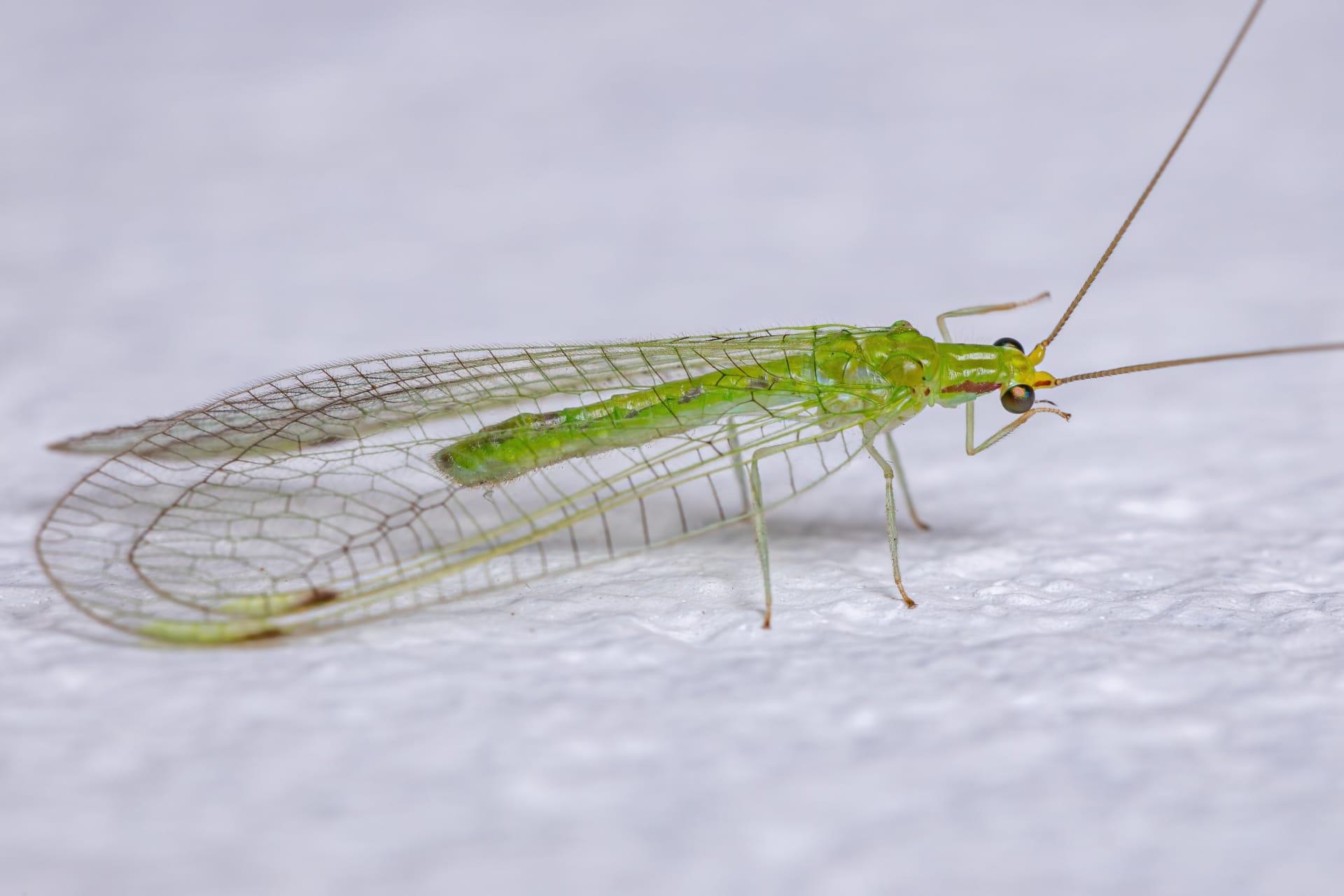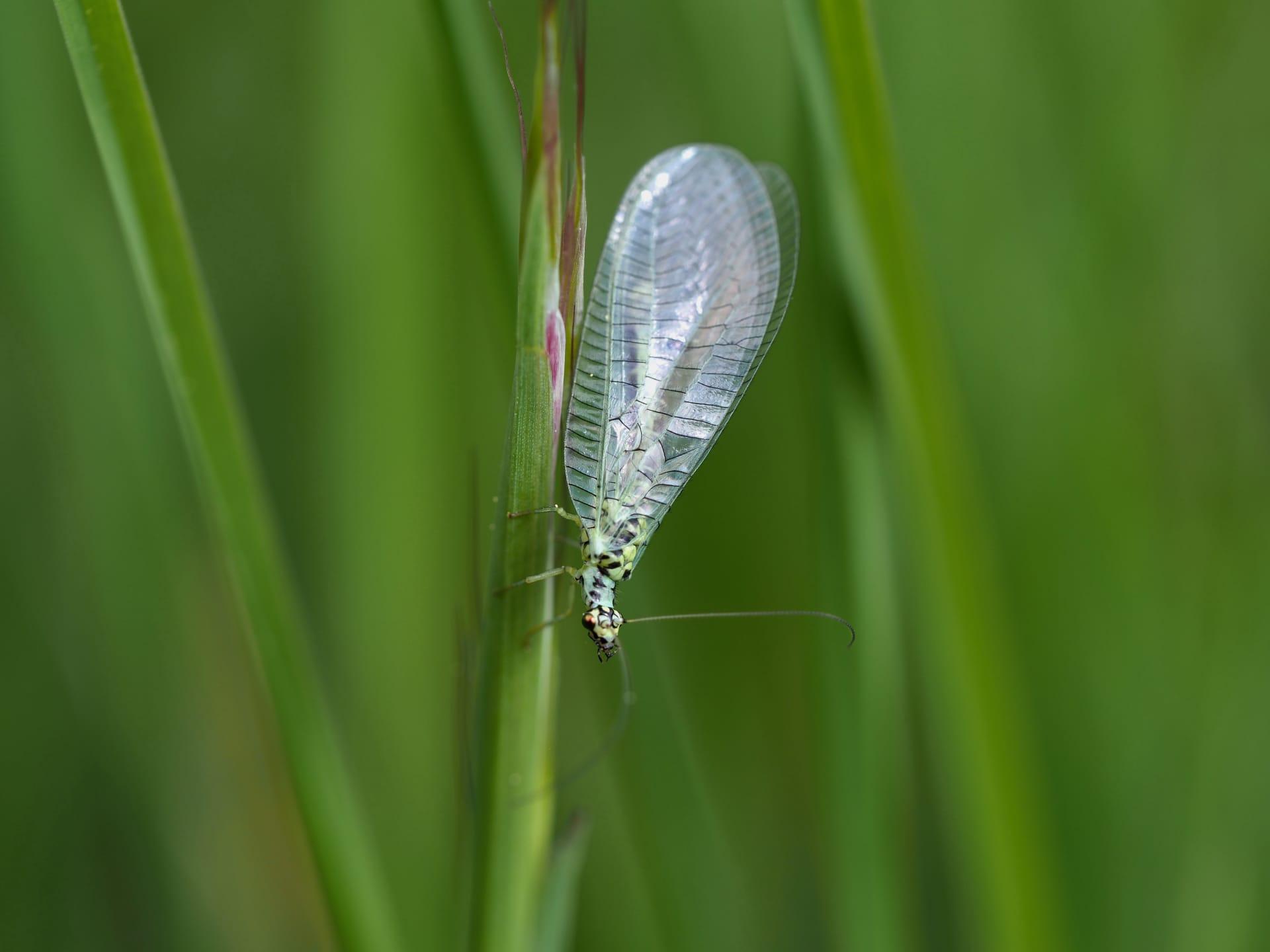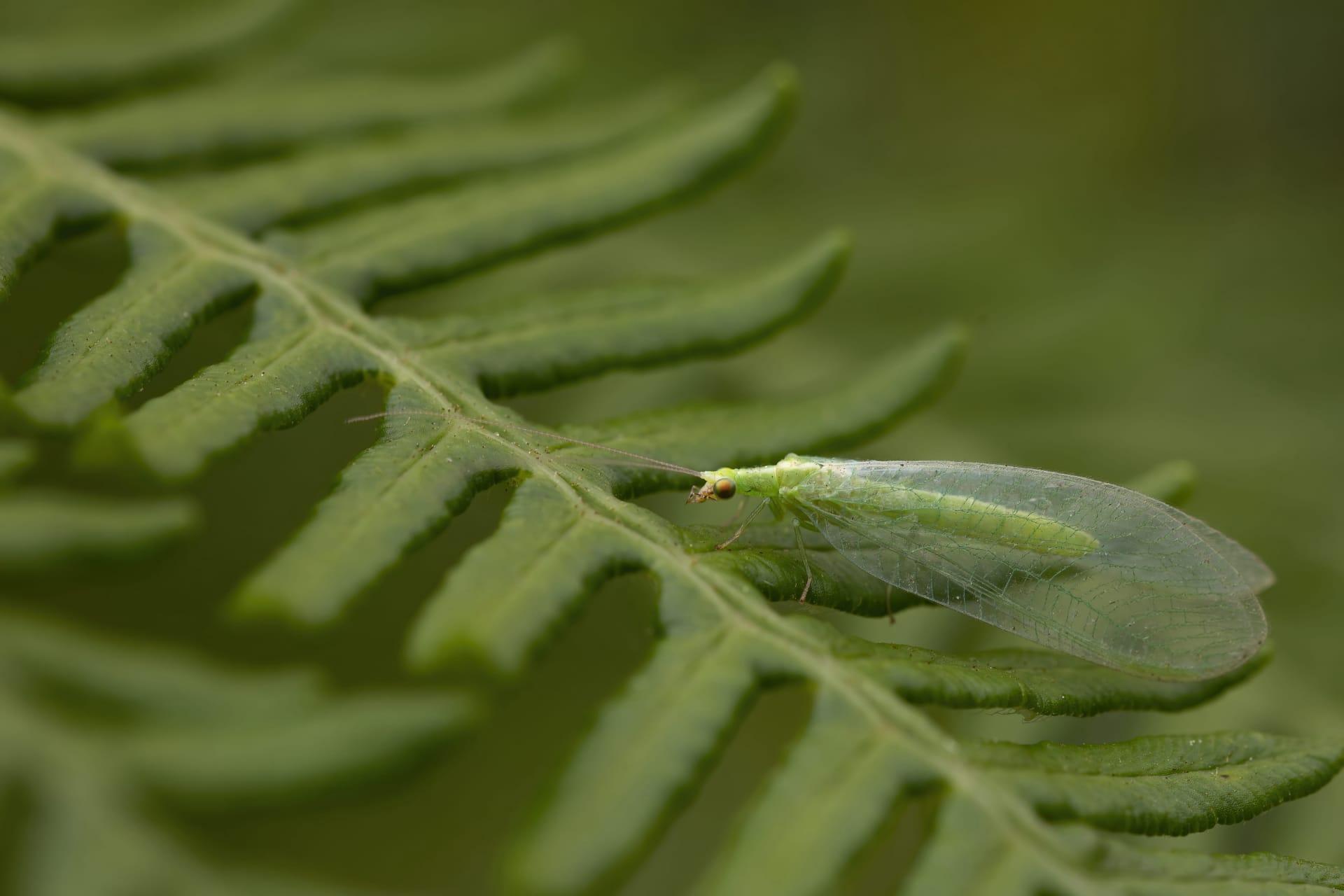Green Lacewing Trivia
- Home /
- Trivia Question /
- Animal /
- Green Lacewing Trivia
1
Question: What distinguishes the appearance of a green lacewing from other insects?
Answer: Green lacewings are notable for their delicate, translucent wings, which span up to 1.2 inches (30 millimeters) and exhibit a fine, lace-like pattern. Their eyes are golden or copper-colored, adding to their distinctive appearance. The body, typically bright green, measures about 0.4 to 1 inch (10 to 25 millimeters) in length, complementing their overall delicate structure.
Question: How do green lacewings contribute to controlling pest populations in gardens and farms?
Answer: Green lacewings are voracious predators of aphids, mites, and other soft-bodied pests, making them highly beneficial in agricultural and garden environments. A single lacewing larva can consume up to 200 aphids per week, playing a significant role in natural pest control. This predatory behavior makes them valuable allies for organic farmers and gardeners seeking eco-friendly pest management solutions.

2
Question: Is it true that green lacewings can damage plants?
Answer: Contrary to a common misconception, green lacewings do not harm plants. In fact, they are beneficial insects, feeding primarily on pests like aphids and mites that can damage crops and garden plants. Adult lacewings feed on nectar, pollen, and honeydew, further contributing to their role as helpful garden inhabitants.
Question: Can green lacewings survive cold winters?
Answer: Green lacewings can adapt to colder climates by entering a dormant state called diapause during winter. This allows them to survive in varying climates, including regions with cold winters. However, their activity and presence are significantly reduced during this period, resuming when warmer temperatures return in the spring.

3
Question: How do green lacewings communicate or attract mates?
Answer: Green lacewings utilize a unique form of communication through vibrations. They produce these vibrations by drumming their abdomen on the substrate, a behavior essential for mate attraction. This vibrational communication is specific to species, ensuring that they attract the right mate, vital for successful reproduction.
Question: What is the lifespan of a green lacewing?
Answer: The lifespan of a green lacewing varies from stage to stage. The egg stage lasts about 3 to 6 days, followed by a larval phase of 2 to 3 weeks, during which they are active predators. After pupating, which takes about 1 to 2 weeks, the adult lacewing emerges and can live for 4 to 6 weeks. Thus, the entire life cycle from egg to adult death spans approximately 6 to 8 weeks, depending on environmental conditions.

4
Question: What role do green lacewing larvae play in the ecosystem?
Answer: Green lacewing larvae, often called "aphid lions," play a crucial role in controlling pest populations. They are known for their insatiable appetite for aphids, mites, and other small insects, making them natural biological control agents. Their presence in ecosystems helps maintain a balance by keeping pest numbers in check, thereby supporting healthier plant growth and biodiversity.
Question: How do green lacewings reproduce, and what is unique about their eggs?
Answer: Green lacewings reproduce through a fascinating process where the female lays eggs on slender stalks, elevating them above surfaces like leaves or branches. This unique strategy protects the eggs from predators and cannibalism by their siblings upon hatching. Each female can lay up to several hundred eggs, ensuring a continuous presence of these beneficial insects in the environment.

5
Question: Are green lacewings attracted to specific types of plants?
Answer: Yes, green lacewings are attracted to plants with abundant prey like aphids and mites. They are commonly found in gardens with flowering plants like alyssum, dill, and coriander, which also provide nectar for adult lacewings. Planting such insectary plants can encourage their presence, enhancing natural pest control in the area.
Question: Can green lacewings be used in integrated pest management (IPM) programs?
Answer: Absolutely! Green lacewings are an integral part of many integrated pest management (IPM) programs. Their ability to efficiently consume large numbers of pests, combined with their harmlessness to plants and humans, makes them ideal for use in IPM. They provide an environmentally friendly alternative to chemical pesticides, supporting sustainable agriculture and gardening practices.